Placing sensitive biological material in close contact with water is like handing a $100 bill to a teenage boy in a red-light district.
Which begs the question why so many temperature-controlled devices found in the laboratory still use water as a medium when newer and safer alternatives exist?
Water baths for warming or thawing samples and media.
Ice buckets and ice baths for chilling qPCR reagents and other temperature sensitive samples.
Besides the obvious water borne contamination concern, there is also the issue of unsightly, rusty water baths and bench tops covered with puddles to contend with.
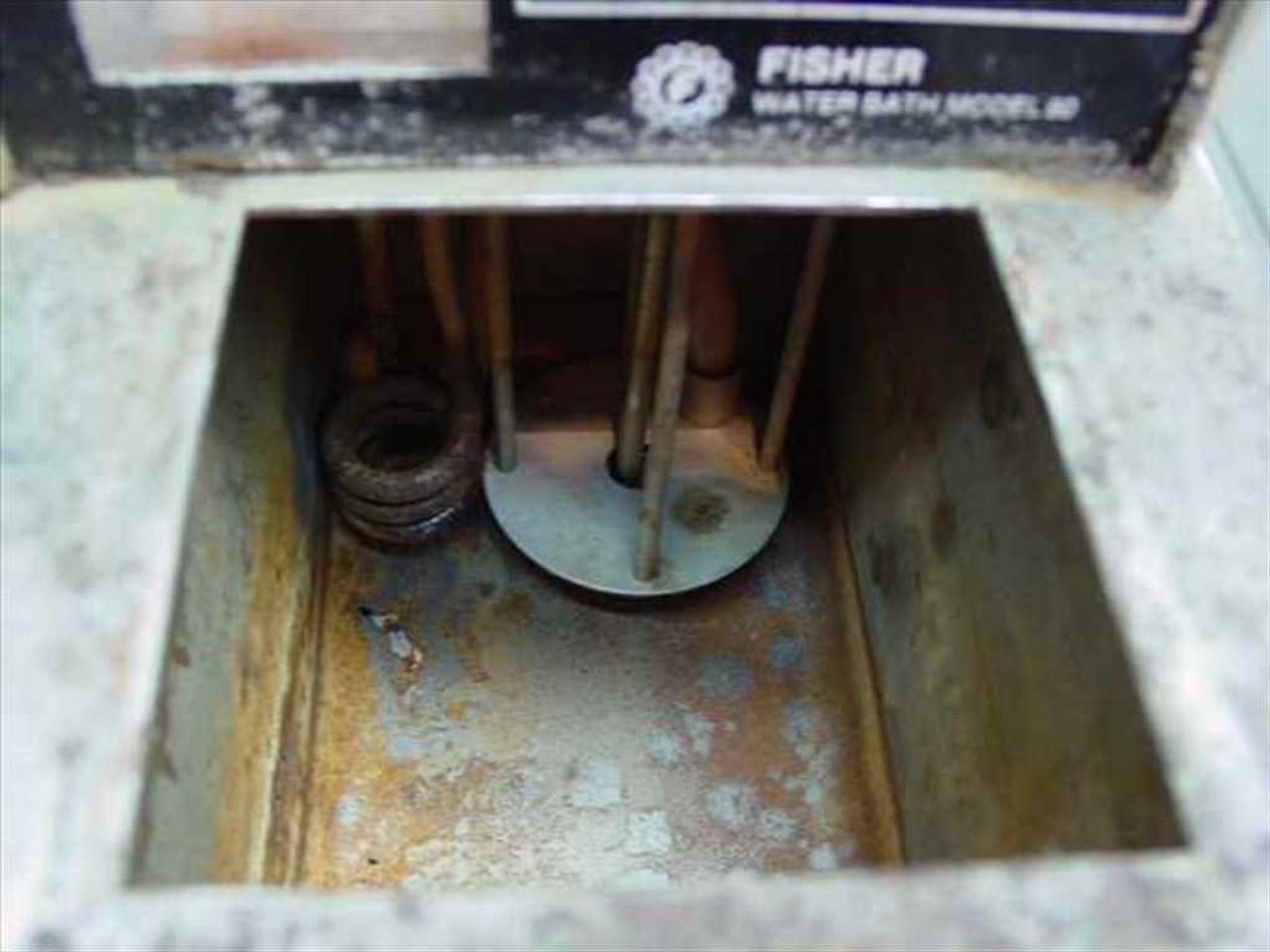
Two relatively new water-free alternatives for heating and cooling are bead baths and dry cooling blocks.
Are bead baths as good as water baths?
Water baths have long been the preferred method for warming and thawing because their heating is so uniform.
Water baths do not have cold spots or zones where the heating is not consistent.
Because beads are separate units, theoretically they could produce inconsistent heating.
Bead bath manufacturers have taken this into consideration and built bead baths to solve this concern.
How does a bead bath work?
Because aluminum beads do not have the same thermal conductivity as water, bead baths are constructed with heating elements surrounding all sides of the bath.
This allows for the heat energy to completely penetrate the interior of the bead bath and results in uniform heating throughout the bath.
Bead bath beads are made from a polished, milled aluminum which are easy to manipulate and take seconds to clean.
Lab Armor, a division of Sheldon Manufacturing, created the original bead bath which has been available for years in three different sizes: 6-liter, 14 and 20 liters.
The general rule with bead baths is to fill them about two liters less than full so they do not spill over the top when bottles and vessels are inserted into the beads.
Bead baths can be operated continuously without concern for burning out the heating element.
Are all bead baths the same?
No. There are two new bead baths on the market.
Benchmark Scientific has introduced a 2L and 10L unit which can be electronically switched between water bath or bead bath mode depending on the laboratory’s preference.
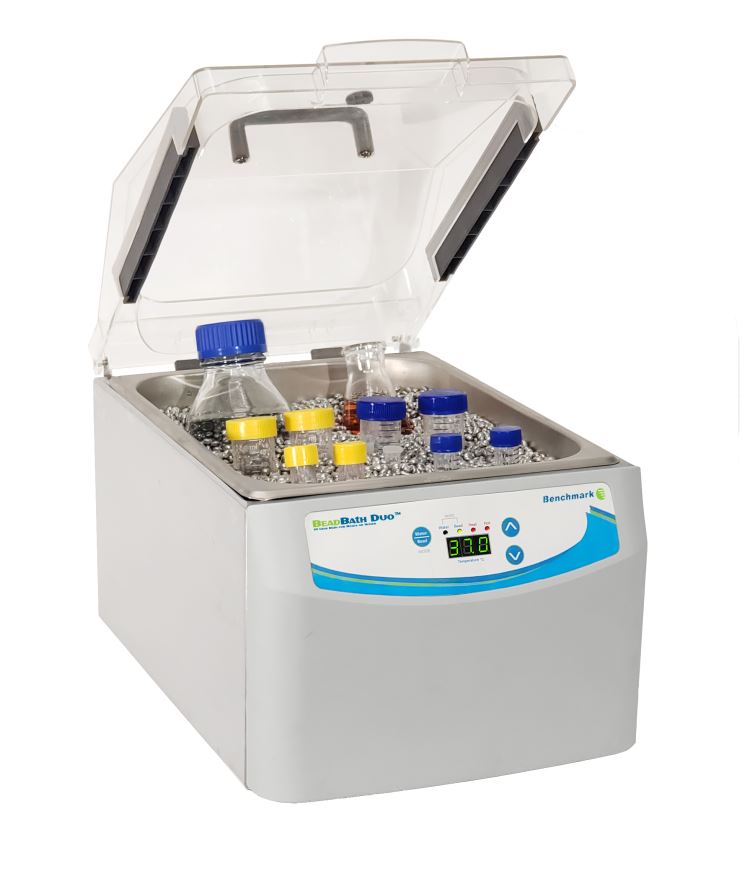
Benchmark Scientific Beadbath Duo does not come with Lab Armor beads which are purchased separately.
The Lab Armor team recently released bead baths with Peltier technology that can heat and cool with a temperature ranging from 2C up to 70C.
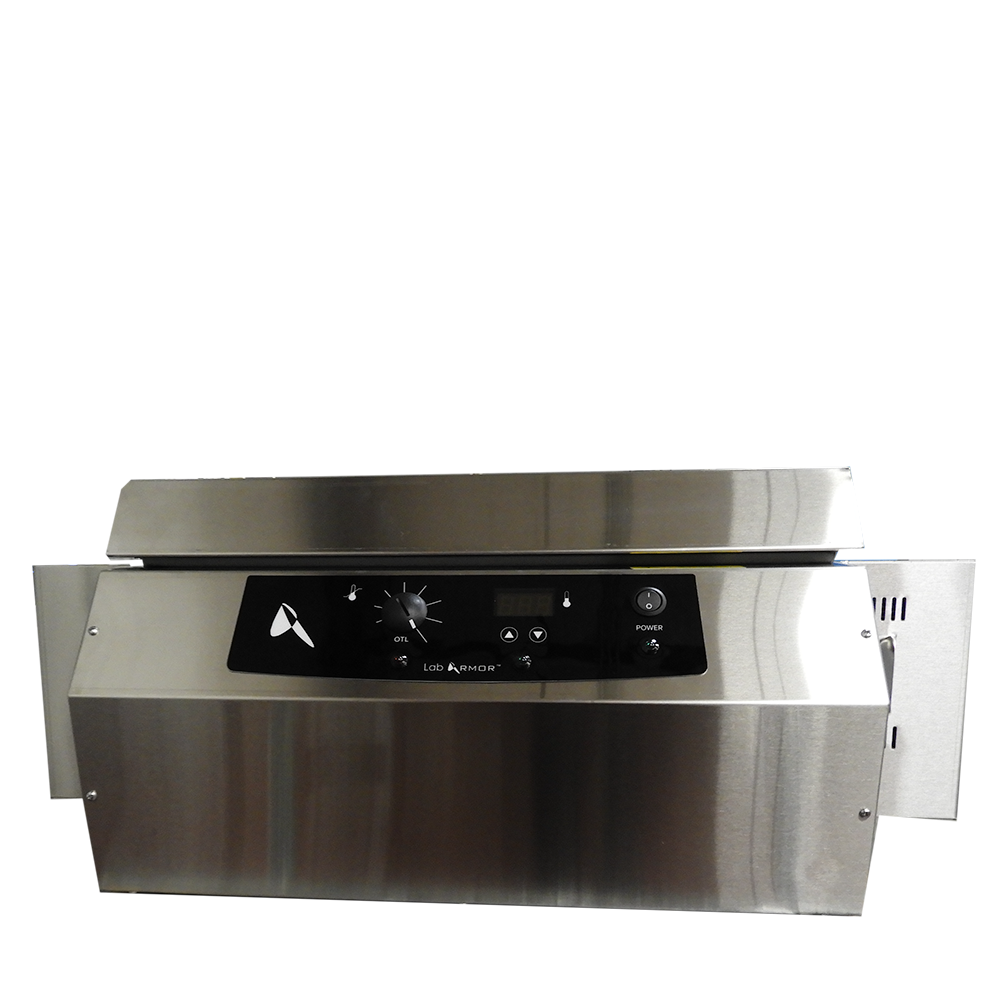
Ice bucket and ice or dry lab chiller?
Nobody enjoys the sensation of repeatedly dipping their hands into icy cold water but for the price, ice buckets are the cheapest way to keep samples cold for hours on the bench.
Ice buckets are typically made from closed cell polyurethane and come with insulating lids to slow melt times and prolong the chilling power.
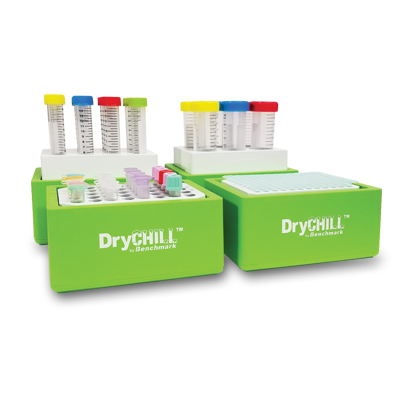
The dry tube chiller is placed into the freezer for several hours to charge, and then holds the temperature at 4C for several hours, depending on ambient conditions and the volume of samples to be chilled.
Tube chillers come in many different shapes and sizes to accommodate bench top use as well as cold transportation of sensitive samples.
Some tube chillers feature color changing gels that alert the technician when the temperature has climbed above the safe zone.
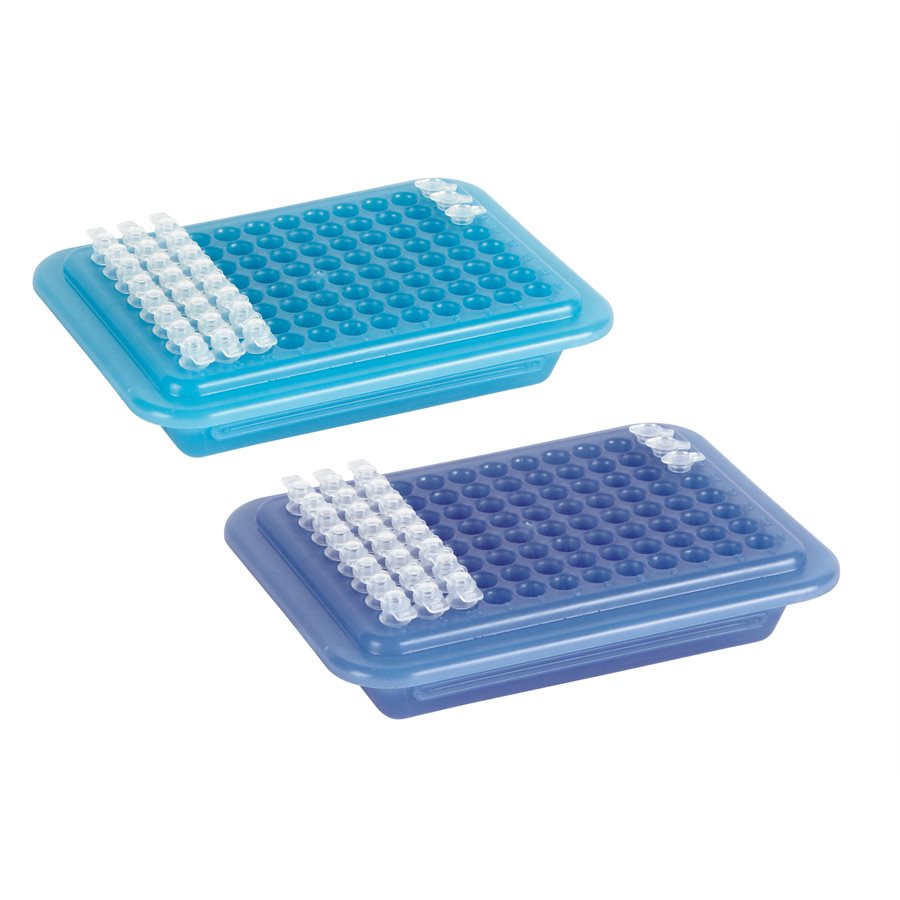
Dry tube chillers are not entirely water-free as condensation will build up over time, the amount of water is significantly less, and the user experience is far more comfortable.


